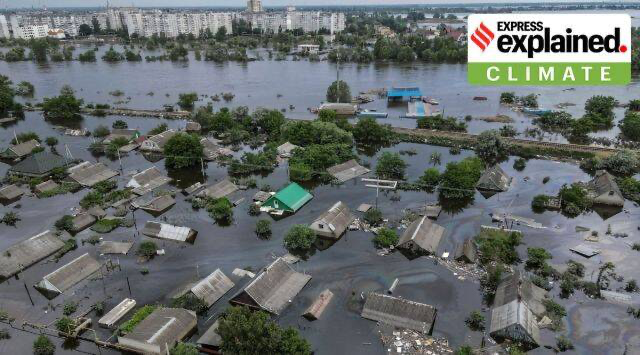Free Courses Sale ends Soon, Get It Now


Free Courses Sale ends Soon, Get It Now



Disclaimer: Copyright infringement not intended.
Context: The destruction of the Kakhovka Dam in Ukraine and its significant environmental impact.
Details
Short-Term Dangers:
Importance of Kakhovka Reservoir:
Russian Occupation and Neglect:
Devastating Consequences:
Long-Term Environmental Impact:
Loss of Ecosystems and Spawning Grounds:
Recovery and Future Considerations:
About Kakhovka Dam
Purpose and Functionality:
Significance for Crimea:
Nuclear Plant and Safety:
|
PRACTICE QUESTION Q) Examine the Dam safety rules in India, in the context of the recent ecological disaster in Ukraine. (250 words) |
© 2024 iasgyan. All right reserved